It was never going to be easy for Aston Martin, was it? For other luxury brands, building an SUV has always been something of an afterthought — an opportunistic jump on the four-wheel drive, off-roading bandwagon. And they’ve made it look easy.
But Rolls-Royce’s house style was already boxy. Bentleys were already big. And Lamborghini has never played by any established rulebook. Aston Martin, on the other hand, has — and the carmaker’s new SUV, the DBX, was designed to a stringent, unbendable blueprint.
The ‘Golden Ratio’ — a beautiful balance of angles and dimensions, of width to height — sits at the heart of every modern Aston Martin. Also known as the ‘Divine Proportion’, this series of geometric curves and lines is a hard-and-fast, smooth-and-sweeping framework borrowed from Greek art.

Over the years, it has been used to design the Parthenon of Athens, Stradivarius violins and the original iPod — but is most commonly used in carmaking by Aston Martin. It’s the reason each of the brand’s sports cars and speedsters are so recognisable and attractive, and has informed everything from engine placement in the DB9 to the bonnet length of the Rapide S.
But it also threw a big golden spanner into the works of Aston Martin’s latest project — as Marek Reichman, the Chief Creative Officer of the Warwickshire-based brand, explains.
“We had to develop something unique for this project, because of the ‘Golden Ratio’ principle,” says Reichman over the phone; describing the design process of Aston Martin’s first SUV from behind the wheel of his own DBX. “So it probably took about a year longer than it would have done had it been a new front-mid-engined coupé.”

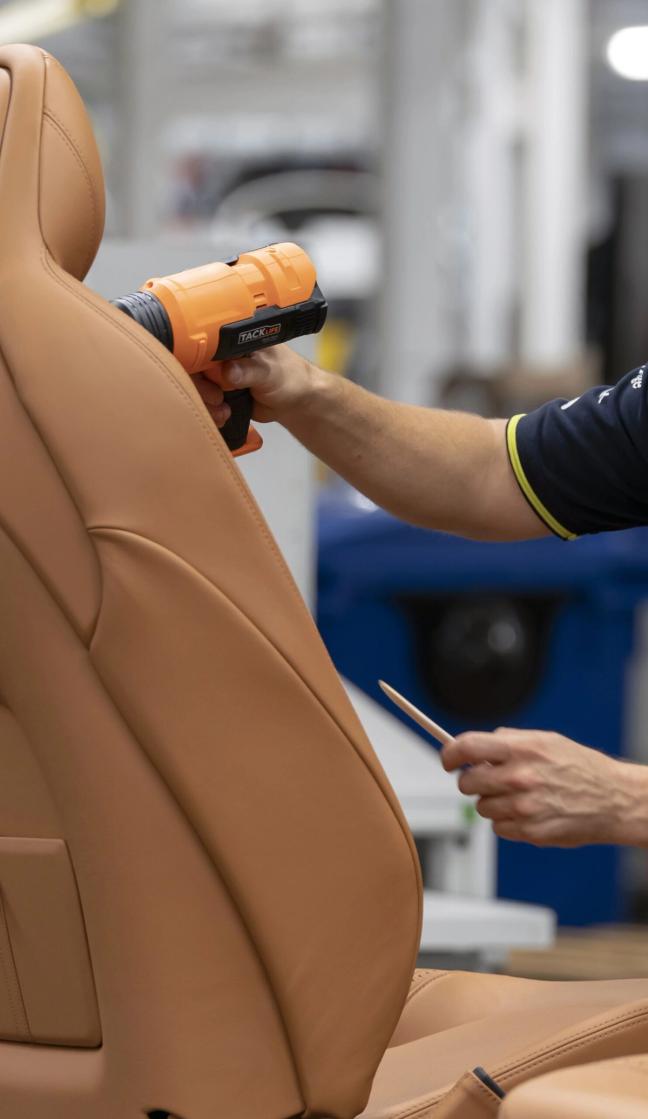
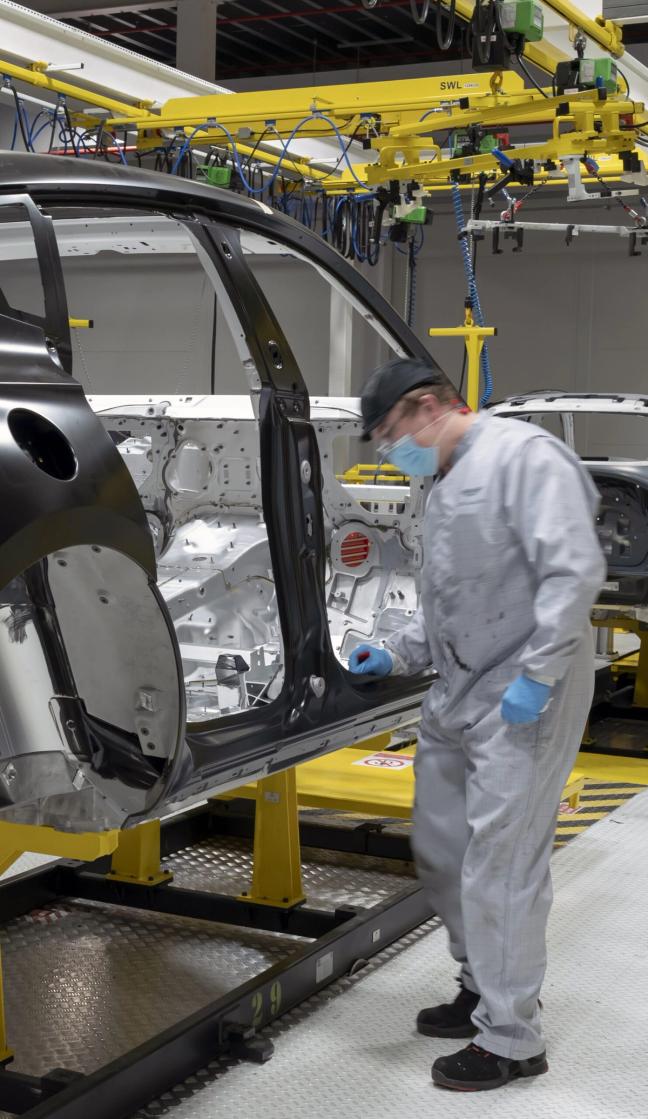
The DBX made its first appearance (in concept form) at the 2015 Geneva Motor Show, says the designer. But rumours and rumblings of Aston Martin crossing over into the crossover market had been burbling away for years before the official announcement. And not all reactions to the news had been positive.
“With the DBX,” says Reichman, “we could have thought about the die-hard Aston Martin fans, and the question of whether or not Aston Martin should be making an SUV. But I just wanted the same reaction that I’d want with any of our cars: ‘It’s beautiful’.
“I was aware of the constraints, but I wanted people to see it and say: “Wow, Aston Martin said they were going to make an SUV that looks like an Aston Martin, and that’s what they’ve done.”
So how did the carmaker pull it off? Because the DBX, for its considerably bigger size, five-person capacity and 2,700kg towing capability, is clearly an Aston Martin. It’s unmistakable.
“We started with a blank sheet of paper, and just drew up from there,” says the designer. “But we had to do our research properly. We scanned and tested more SUVs than if we’d been making a new coupé. Because we know how to do that. We’ve done it before. This was new, so we examined the competition. Thoroughly. Down to every nut, bolt and detail.”
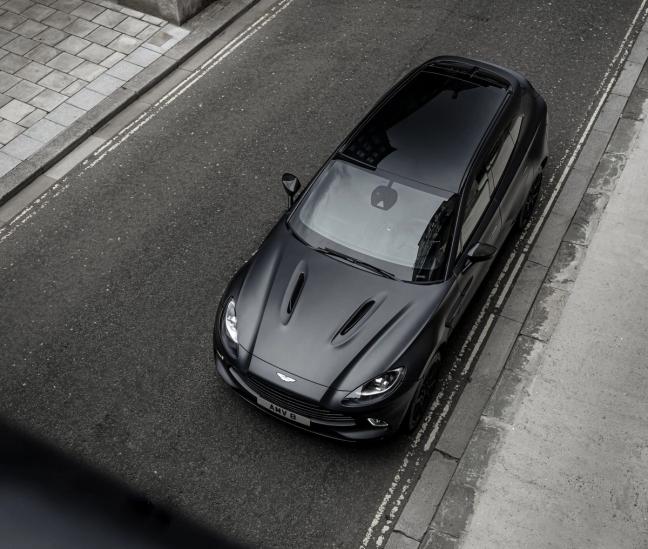
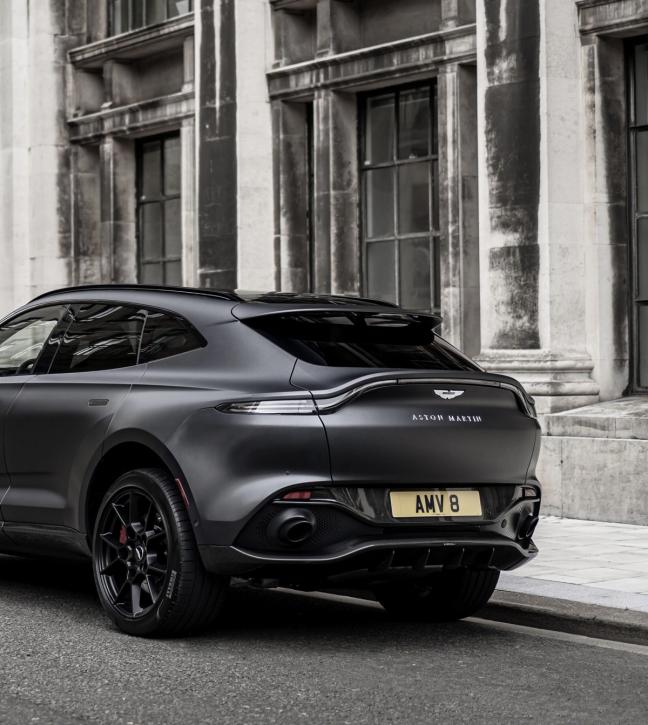
After developing a brand new platform — the bonded aluminium structure of the car — Reichman and his team were presented with the most obvious challenge of the project. How, with a car of this size, were they going to translate the agile, nimble ‘Golden Ratio’ design language onto the DBX?
“Reducing its visual mass,” says Reichman, “and giving the DBX the dynamic proportions that it has, was a challenge. In fact, one of the most common comments I get on the car is that people can’t believe how big it is inside.
“We had to develop something unique for this project...”
“How big it is generally, in fact,” he adds. “But that’s how low the nose is, how much shape and form the body size has, how much one single line cuts through the car. It’s how much it actually looks like a four-door coupé. I wanted it to look agile. I wanted you to be able to look at it, and think that you could comfortably drive it down country lanes at legal speeds.
“Or take it onto a track and drive it comfortably not at legal speeds…”
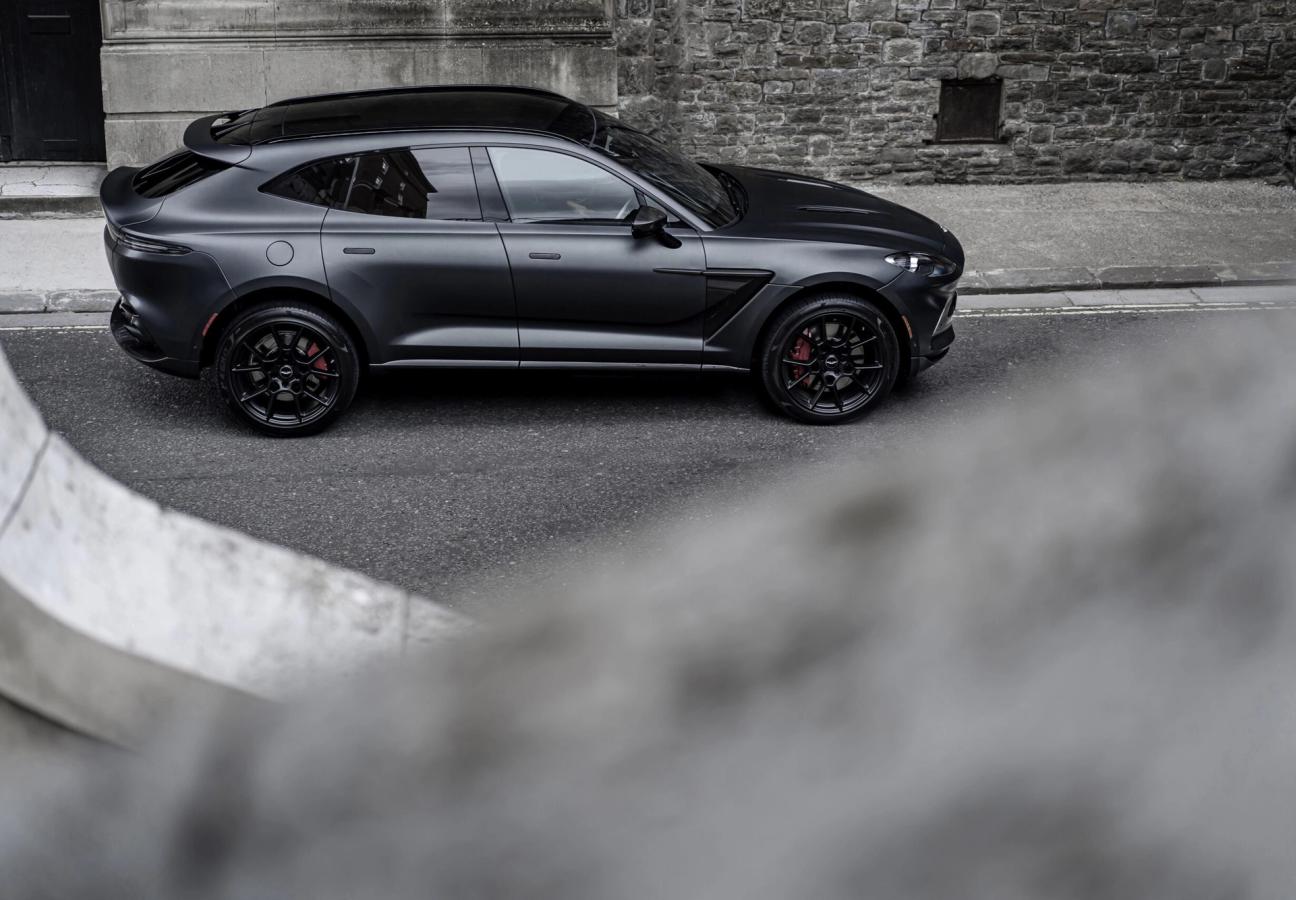
With a top speed of over 180mph, the DBX is certainly speedy. It’s also perhaps the most shapely, streamlined luxury SUV on the market. But that’s testament to the ‘Golden Ratio’. In one fell, sweeping swoop, the centuries-old, tried-and-tested concept ensures that Aston Martin’s latest doesn’t angrily hunch over or lean lazily back. Instead, it maintains a distinctive, elegant stance on the road.
“And that’s what we wanted,” says Reichman. “We didn’t want you to come into the showroom and see a big SUV. We wanted you to see an Aston Martin.”
This article was taken from the Winter 2020 Issue of Gentleman’s Journal. To subscribe and receive your copy, click here…
Want more cars? We’ve rounded up the best new four-wheeled releases of 2020 here…

Become a Gentleman’s Journal Member?
Like the Gentleman’s Journal? Why not join the Clubhouse, a special kind of private club where members receive offers and experiences from hand-picked, premium brands. You will also receive invites to exclusive events, the quarterly print magazine delivered directly to your door and your own membership card.


